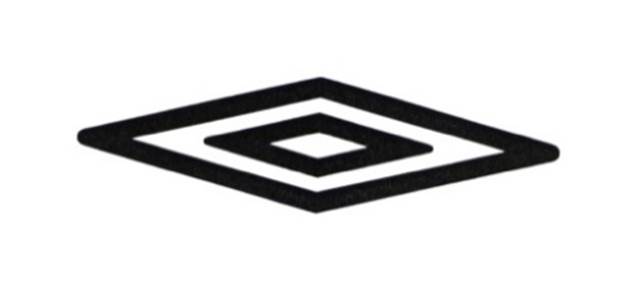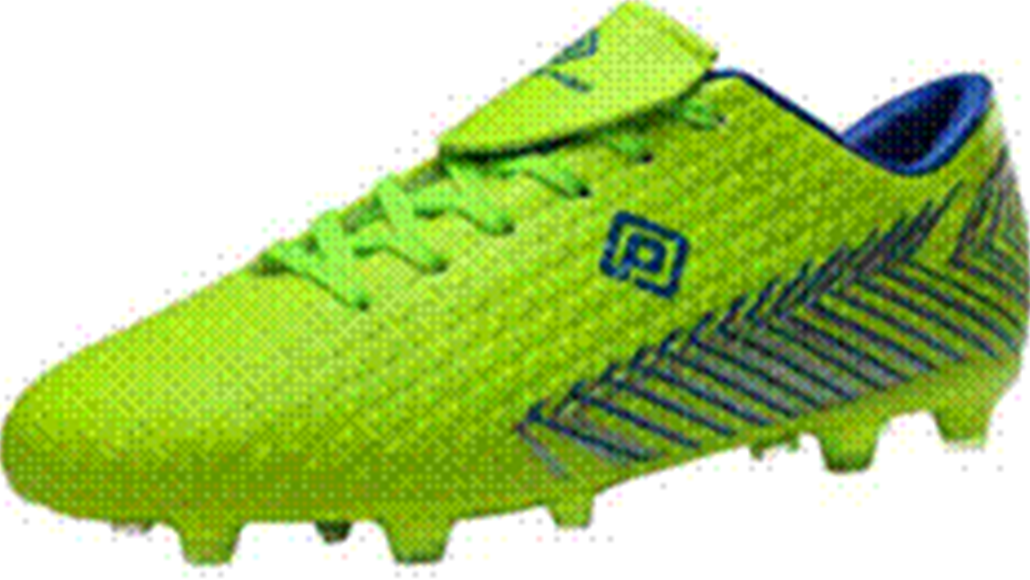B e f o r e :
LADY JUSTICE KING
LORD JUSTICE ARNOLD
and
LORD JUSTICE BIRSS
____________________
Between:
| |
ICONIX LUXEMBOURG HOLDINGS SARL
|
Claimant/
Appellant
|
| |
- and -
|
|
| |
(1) DREAM PAIRS EUROPE INC
(2) TOP GLORY TRADING GROUP INC
|
Defendants/Respondents
|
____________________
Simon Malynicz KC and Thomas St Quintin (instructed by Brandsmiths) for the Appellant
Mark Vanhegan KC and Theo Barclay (instructed by Stobbs (IP) Ltd) for the Respondents
Hearing date : 16 January 2024
____________________
HTML VERSION OF APPROVED JUDGMENT�
____________________
Crown Copyright ©






